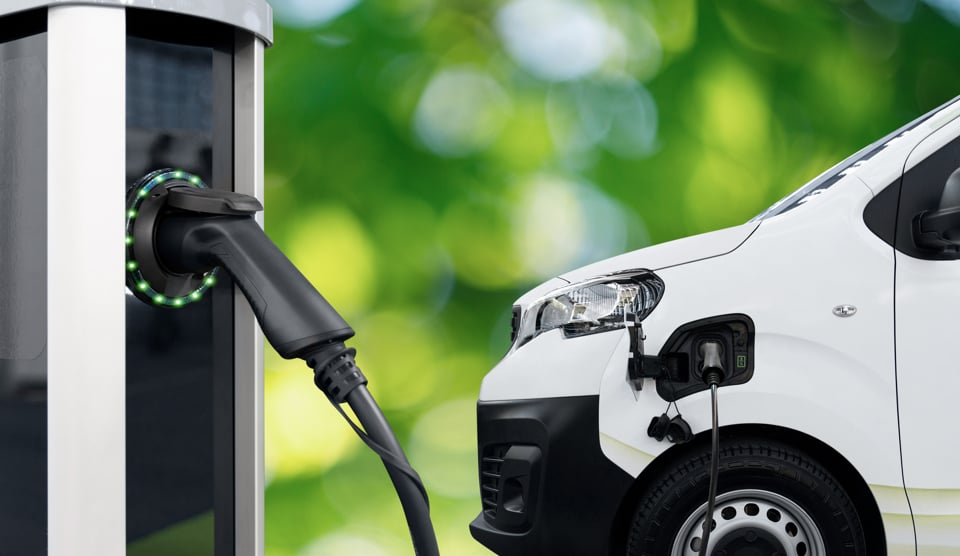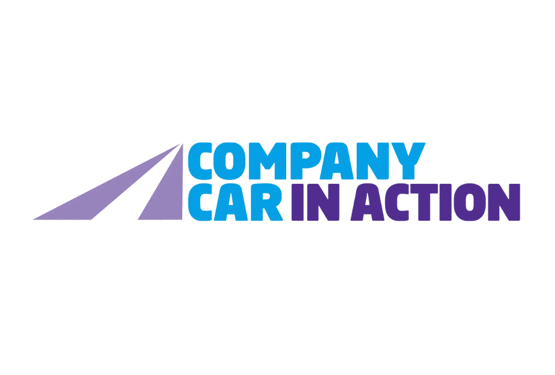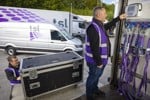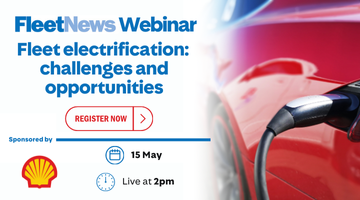Fleet plans to make the switch to electric vans and trucks are being thwarted by having to wait to upgrade grid connections to power depot charging.
Companies are currently waiting up to 15 years to be connected to the grid, with the grid connection queue having grown tenfold over the past five years, according to the Department for Energy Security and Net Zero.
Automotive trade body, the Society of Motor Manufacturers and Traders (SMMT), says the delays mean many commercial vehicle (CV) operators’ electric vehicle (EV) investments are blocked and will remain so even after fossil fuel vehicle sales end.
The sale of new, fossil-fuelled vans and HGVs under 26 tonnes is due to end in 2035, while all new HGVs sold in the UK must be zero emission by 2040.
Around 5.1 million vans and 626,000 trucks are currently on UK roads, transporting more than 80% of all domestic freight and directly adding £13.5 billion to the economy each year.
While CVs make up 14% of all vehicles on the road, their higher mileages and energy demands make them responsible for more than a third of all road transport CO2 – and almost an eighth (12%) of the UK’s carbon footprint.
Replacing conventionally fuelled CVs with zero emission vehicle (ZEV) models is critical to the achievement of net zero.
As business tools, investment in new vans and trucks must be commercially and operationally viable, says the SMMT.
But, it adds, deriving the full benefits of going electric requires affordable energy, access to depot charging and access to charging facilities suitable for larger vehicles across the UK’s strategic road network.
Mike Hawes, chief executive of the SMMT, said: “We cannot deliver net zero and improve air quality without decarbonising commercial vehicles.
“But if operators have to wait up to 15 years just to be able to plug them into their depots, there is no case for investment.
“Prioritising grid connections, alongside reform to planning and action on energy costs, would reduce barriers to adoption, ensuring commercial vehicles continue to carry the loads that keep our economy on the move whilst doing the heavy lifting the nation needs to reach net zero.”
The ZEV mandate requires 16% of new van sales to be zero emission in 2025.
Currently, electric van registrations are running at little more than half that (8.3%) with around 167,000 more expected to reach the road over the next three years.
That would see the van market hit 25% ZEV by the end of 2027, below the mandate target of 34%.
The challenge is even steeper for the HGV sector, with ZEVs making up just 0.5% of registrations and accounting for fewer than 600 trucks currently in use.
While grants for plug-in vans and trucks and government’s Zero Emission HGV and Infrastructure Demonstrator (ZEHID) programme continue to incentivise the zero-emission commercial vehicle transition, the SMMT says that action is needed now to remove administrative gridlock to investment.
Government recently announced that it will fast-track grid connections for data centres, wind farms and solar power installations.
This preferential treatment, as well as consistent and efficient implementation of local planning policy, must also be afforded to transport depots if the UK’s net zero and air quality improvement ambitions are to be realised, says SMMT.
Together with more affordable energy and a faster rollout of infrastructure across the strategic road network, this would make the case for operator investment in ZEVs unarguable.
To do otherwise risks ceasing the mass transition of the HGV sector before it has even begun, while holding back uptake of electric vans, given they would use these same facilities, it concluded.





















Login to comment
Comments
No comments have been made yet.